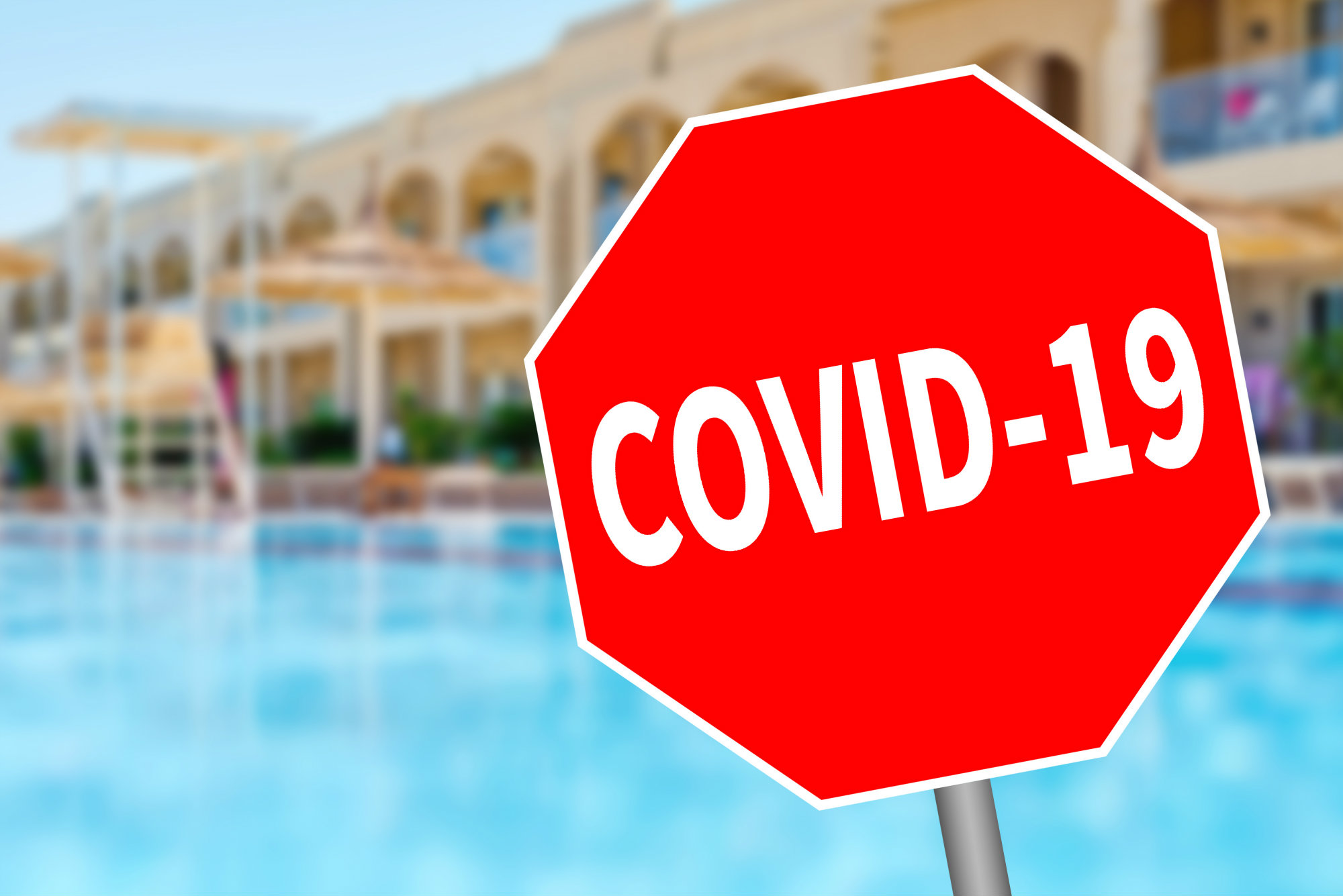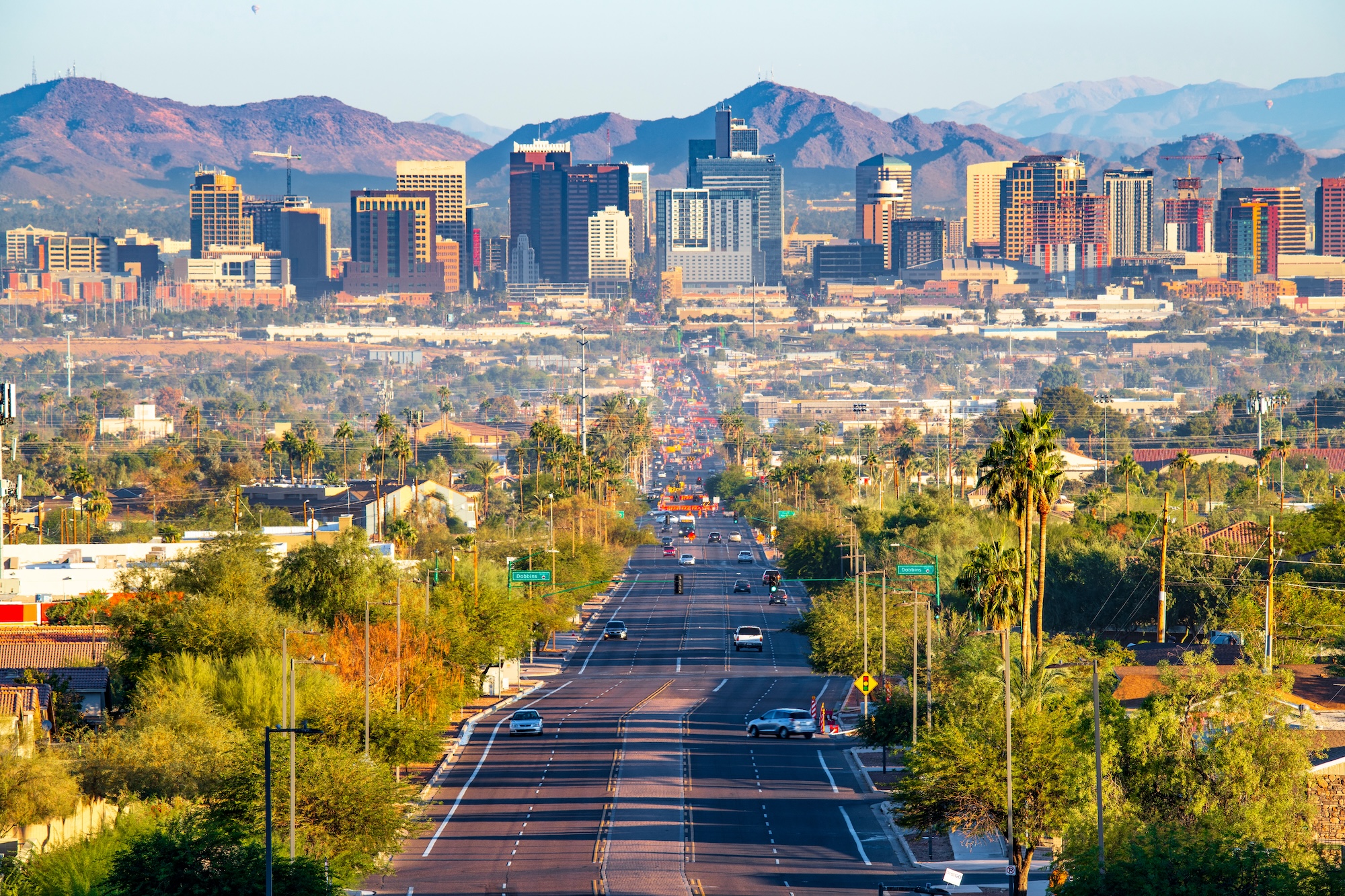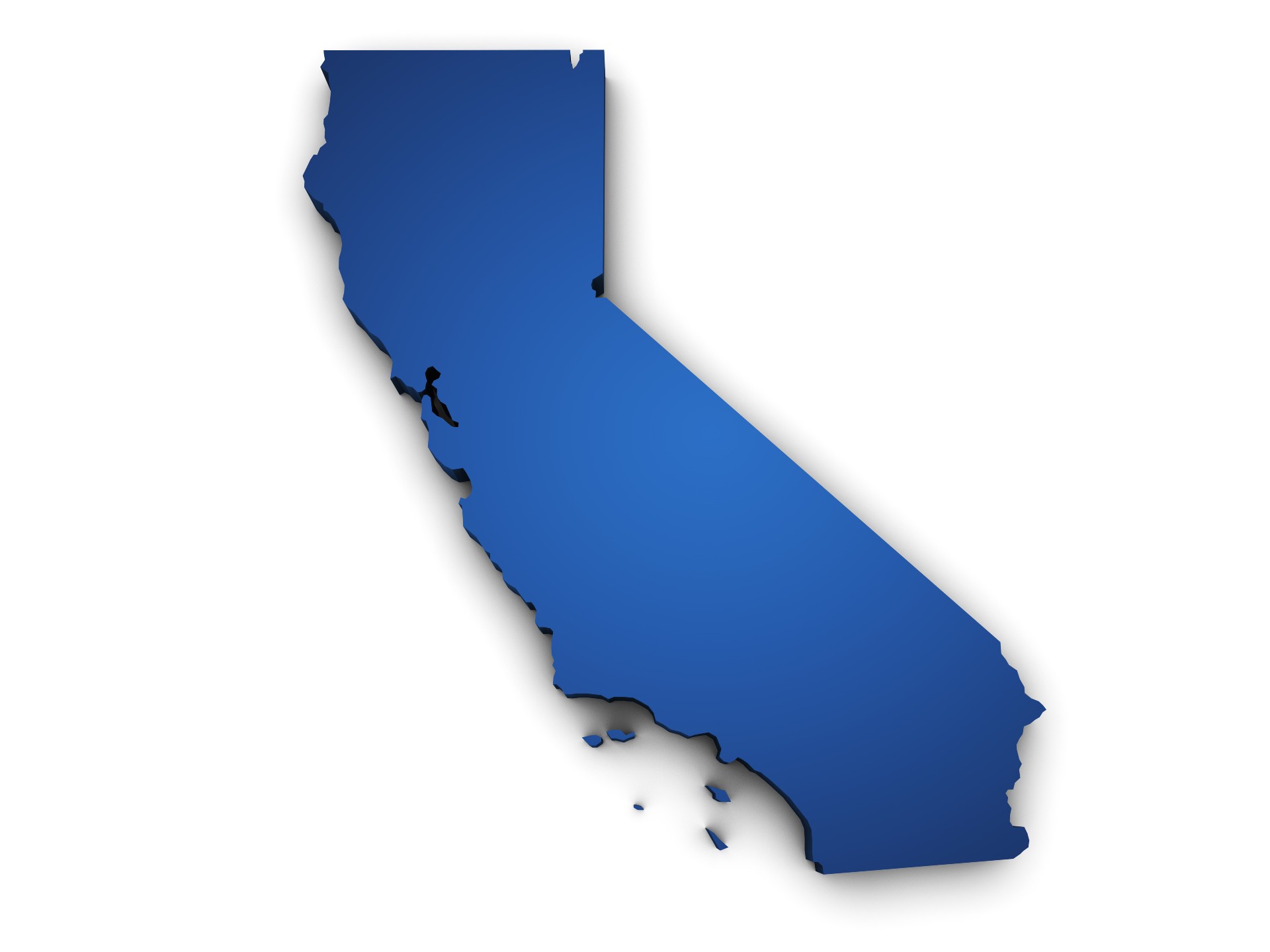As the number of COVID-19 cases took a steep upward trajectory in June and July, some facilities have had to shut down again. Others were left unaffected.
Texas, Arizona and Florida have recently suffered some of the highest rates of coronavirus infection. Even within these states, municipalities have varied in their response.
In Austin, city pools had been open just short of five weeks when they had to close again for at least 30 days,with reassessments taken every two weeks. As it was, only seven of the city’s 45 bodies of water were open for three days a week, since the coronavirus prevented training of new lifeguards. “Right now, we’re looking at hopefully reopening the beginning of August,” said Ashley Wells, aquatic program manager for the City of Austin.
While the aquatics team there remained in a holding pattern in July, all staffers — including the 230 lifeguards it was able to employ — have been retained and reassigned.
At this point the management team is developing plans for as many scenarios as it can foresee, so it can immediately implement the one most appropriate to circumstances that arise.
While the City of Phoenix decided relatively early to remain closed for the season, neighboring cities have opened and remained so as infection rates climb. But some changes are being made. The City of Chandler, for instance, adapted to state orders that certain pools and waterparks shut down, and that guests be limited to 50, rather than the 25% of normal capacity it had been observing.
“We were running 100 to 200 across our six facilities to now 50 at a time,” said Mark Foote, aquatics superintendent for City of Chandler Community Services.
Additionally, the city has purchased masks made of swimsuit material so lifeguards and other staffers can wear them as much as possible. While some cautious swimmers have avoided the aquatics centers, Foote said most of the pools are seeing steady activity. “Some pools are coming close to or hitting capacity,” he said. “So there’s still demand.”
As reported in the media, Florida has been least likely of the hot-spot states to shut down. That extends to aquatics.
“If anything, I’m seeing more of an expansion of hours and services when it comes to aquatics,” said Krista Pincince, assistant director of recreation, parks and arts for the City of Largo.
Like others across the nation, aquatics operators in that city reopened in phases and continue to implement social distancing. But since all the pools are outdoors, Pincince doesn’t anticipate them closing.
“The information we’ve received is that being outdoors is one of the safest places to be,” she said.
In Charlotte County, facilities began opening in late May/early June. They have been taking precautions seen throughout the country — significantly reducing capacity, taking clients by reservation only using an online system, restricting activities to lap swim and water aerobics classes, and sanitizing between reservation blocks.
While the facilities have not closed back down in response to the increase in COVID-19 cases, they have put off the next phases of opening, which would have included a limited amount of recreational swimming, said Marc Solomon, recreation superintendent of Charlotte County Community Services and president of the Florida Aquatics Council.
“We just haven’t implemented the next phase yet because we haven’t gotten to that point where the forecast is such that it is a good and safe thing to do,” he said.
Nearby Lee and Collier Counties are in similar positions, he said. Collier County runs one waterpark, which remains closed, he added.
While some of his staff were apprehensive about opening at first, he said, they have become more comfortable now that they’ve seen how the facilities are operating. Customers also seem at home, he said.
“I think from the time that we opened people are appreciative that we’re open at all,” he said.



